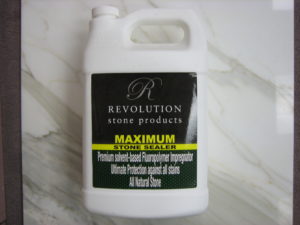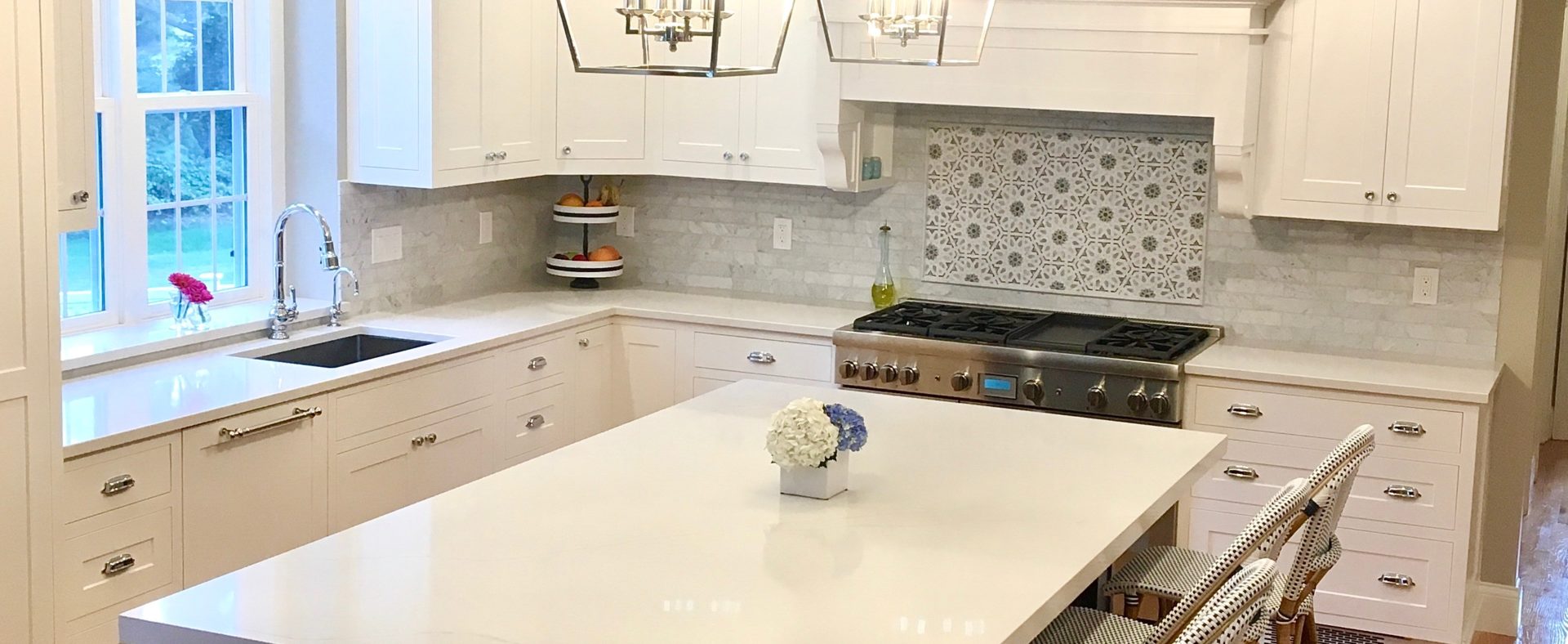General Care for Your Natural Stone
Care and maintenance are important factors in guaranteeing a stone’s lasting beauty. Incorrect applications can never be restored by care and maintenance; therefore, it is important to carefully choose the appropriate material for your particular purpose. The existing natural stones seem to be countless, as are their differences in compressive strength, abrasive hardness, acid resistance, skid resistance, water absorption, etc. Once you, the Architect, Designer, Developer, Contractor or Homeowner have made the right choice, care and maintenance are of the utmost importance.
In reference to the polished surface of any stone, please keep in mind that the more the surface is kept free of abrasive particles, the less likely it is to scratch or lose its polish.
Initial clean up after installation:
A thorough clean-up of cement mortar residue immediately following the installation of your natural stone is essential. A newly installed floor/wall must be cured from 4-6 weeks. During this time, do not use any cleaner containing greasy soap or wax, since this will close the pores of the stone and restrict the evaporation of moisture from the setting bed. Unsightly rims and spots on the stone surface would result if the surface were sealed prior to curing.
Normal Maintenance for GRANITE:
Common care for granite involves only periodic washing with clean, potable water and a neutral (PH7) detergent soap or cleaner. Following the manufacturer’s directions, wash in small, overlapping sweeps. Rinse thoroughly with clean, potable water to remove all traces of soap or cleaner solution. Dry with a soft cloth and allow to thoroughly air-dry. After drying, a sealer may be applied. Sealers designed specifically for granite use may be used to increase stain resistance.
Examples of Food / Beverages That May Cause Surface Stains on GRANITE:
Mustard, ink, salad dressings, oil, tea, mayonnaise, butter, peanut butter, cosmetics, and any oil-based caulks or adhesives.
Normal Maintenance for MARBLE:
Normal “housekeeping” maintenance for marble surfaces involves only periodic washing with clean, potable water and mildly alkaline cleaners. “Soapless” cleaners are preferred because they minimize streaking and filming. However, mild, phosphate-free biodegradable liquid dish soaps, soap flakes or powders are acceptable if rinsing is thorough.
Begin by applying clean, hot water (not boiling) on the surface. Next, using the cleaning solution (following the manufacturers directions) wash in small, overlapping sweeps. Rinse thoroughly with clean, potable water to remove all traces of soap or cleaner solution. Change the water in the rinse pail frequently. Dry with a soft cloth or cotton-flannel, and allow to thoroughly air-dry before applying top-dressings. Chamois skin may be used in lieu of cotton cloth in this process.
Suggestions for Care and Use for MARBLE:
Marble is a natural stone and should receive careful attention to prevent damage. It is common policy to use rubber-bottom coasters under all glasses; placemats or color-fast felt bottoms should be used under anything placed on the polished surface to prevent scratching. Many common foods and beverages contain acids, which could etch or stain the surface; spills of any type should be immediately wiped up and the area should be washed. Washing should be done with clean, soft cloths and lukewarm water; occasionally a mild detergent may be used.
Examples of Food / Beverages That Can Etch or Stain MARBLE:
Alcoholic beverages, fruit juices, vinegar, tomato products, mustard, carbonated beverages, ink, salad dressings, oil, tea, milk, coffee, butter, peanut butter, cosmetics, and any oil based caulks or adhesives.
Sealers:
The purpose of a sealer is to treat the natural stone so it repels dirt and water and increases stain resistance. It penetrates the stone, thereby reducing absorption, keeping dirt and staining agents on the stone surface.
Some sealers my darken certain stones. Sealers are somewhat ineffective in protecting the surface of the stone against oil, grease, and similar contaminants. Most sealers are not single application products; they must be periodically applied in order to provide protection.
Some types of sealers tend to create a less durable top layer, which will invariably increase your maintenance of the stone. Also, sealers are not recommended in exterior applications, because they can trap moisture within the top layer of stone, which may lead to surface cracks during freeze-thaw cycles.
Identifying Stains and Stain Removal:
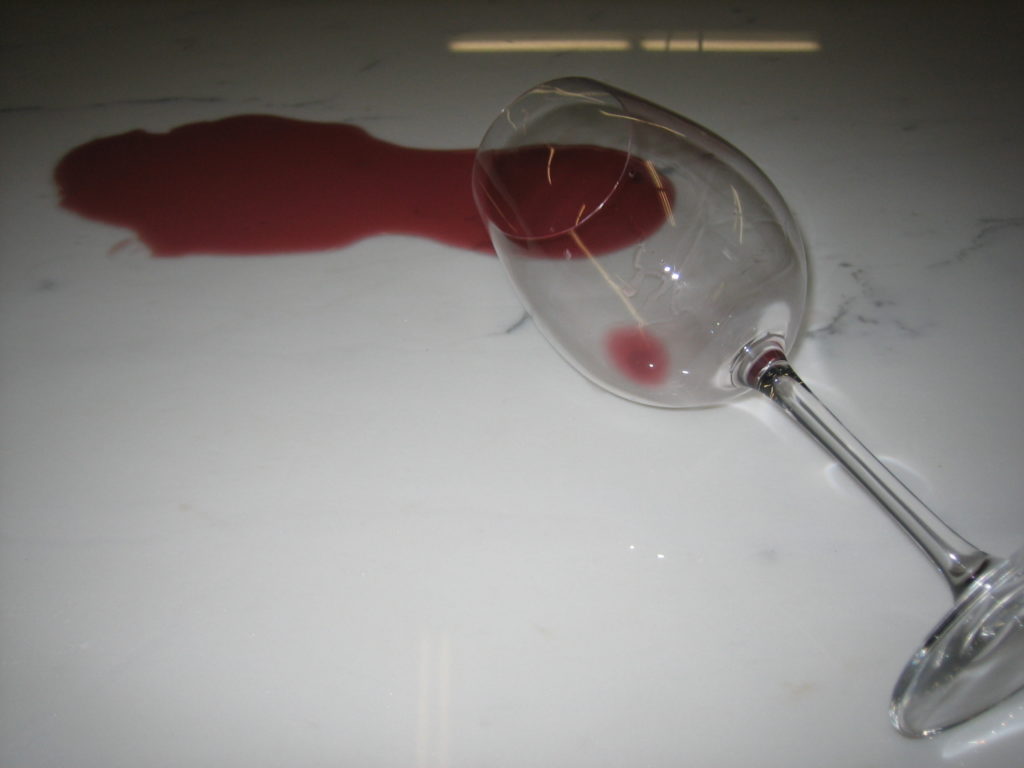
Natural stone is a porous material susceptible to staining. Granite is much less porous than the other natural stones, and is therefore much less likely to stain. The level of porosity in the stone dictates the degree of ease or difficulty in removing the stain. In order to remove a stain, the staining process must be reversed. Originally the stone absorbed the stain; now the stain must be broken down chemically and reabsorbed into a different material. This different material is what we call a Poultice, which is a white powder and the appropriate chemical required to reactivate the stain. This is why it is important to identify the stain, thereby choosing the correct chemical. If, after thorough investigation you have no idea what type of stain you have, then test patches will be necessary. This means applying several different chemical poultices in order to determine which one will remove the stain.
Various Types of Stains:
– Oil Based: grass, tar (asphaltic based products), cooking oils, butter, mayonnaise, etc.
– Metal and Rust: iron, copper, bronze, etc.
– Biological: algae, mildew, etc.
– Ink: magic marker, ink, etc.
Poultice Application:
- Wet the stained area with distilled water. Pre-wetting fills the pores of the stone with water by isolating the stain and accelerating the chemical reactivation.
- Prepare the poultice. Premix the powder and the chemical of choice into a thick paste (about the consistency of peanut butter). If paper poultice is to be used, soak the paper in the chemical, lift the paper out of the chemical until it stops dripping and apply it to the stained area.
- Apply the poultice to the stain, being careful not to spill any on the non-stained areas. Apply minimum 1/4 inch thick, overlapping the stained area by about 1 inch.
- Cover the poultice with plastic (food wrap works fine). Tape the plastic down to seal the edges.
- Allow the poultice to dry thoroughly. This is a very important step. The drying of the poultice is what pulls the stain from the stone into the poultice material. If the poultice is not allowed to dry, the stain may not be removed. Drying usually takes from 24 to 48 hours.
- Remove the poultice from the stain. Rinse with distilled water and buff dry with a soft cloth. If the stain is not removed, apply the poultice again. It may take up to five applications for difficult stains.
Natural Stone Durability
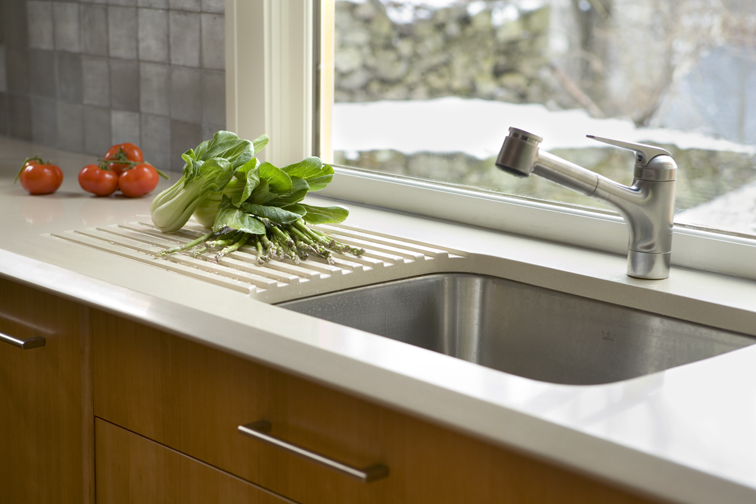
Granite is a very durable material; it is highly resistant to staining and scratching, will not be effected by a hot pan placed on its surface and generally will stand up to the rigors of everyday use. This is not to say that granite will not stain or scratch, but over the course of time, given normal use, it should be very resistant to damage.
Marble, Limestone, Slate and Onyx are much less durable than granite and can both stain and etch (lose their finish and become dull), and also scratch. With the proper application and care, these stones can retain their beauty for many years, but will most likely weather a bit with time. The degree and speed to which this occurs can be influenced and controlled by properly maintaining the stone.
Our opinion is that natural stone is, well, natural and this is an important element to remember. It is formed by Earth’s natural occurrences, and is not meant to be indestructible but is a very durable building material and has been used for centuries due to its practical, durable and beautiful nature. If you adhere to our use and care guidelines and remember the nature of the material that has been extracted from the Earth and installed in your home, we believe you will enjoy your stone for a very long time.
Louis Mian offers a full line of stone care products to clean and protect your natural stone investments:
Simple Green stone cleaner: A non-toxic, non-abrasive safe alternative to hazardous cleaning products. Safe for use on marble, granite, travertine, limestone, porcelain, ceramic, and engineered stone products such as Caesarstone and Silestone.
Spray Bottle (32 oz.): $9.95

Safestone Sealer: an all purpose sealer for use on all finished on marble, granite, travertine, limestone and slate. This sealer protects against the rigors of everyday use and is specifically recommended for marbles and other more porous materials. It is our strongest protective sealer.
1 Liter bottle: $48.95
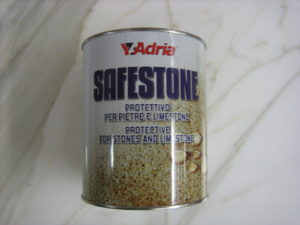
Renova Sealer: a color enhancing sealer recommended for use on honed and antiqued (brushed) surfaces. This sealer will deepen the color of the material, creating a rich and vibrant look on honed and brushed surfaces. Also protects against rigors of everyday use on countertops.
1 Liter Bottle: $68.00
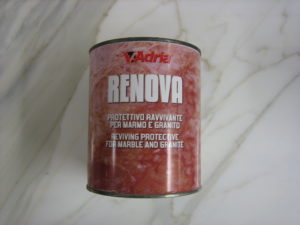
Epoque Sealer: a relatively permanent color enhancing sealer recommended for use on honed and antiqued (brushed) surfaces. Like Renova, this sealer will deepen the color of the material, creating a rich and vibrant look on honed and brushed surfaces while protecting the stone. The difference is that this sealer is relatively permanent and will only need to be re-applied every few years. Once it is applied to the stone, it can not be removed so just be sure that you want that darker, enhanced look before applying.
1 Liter Bottle: $76.00
